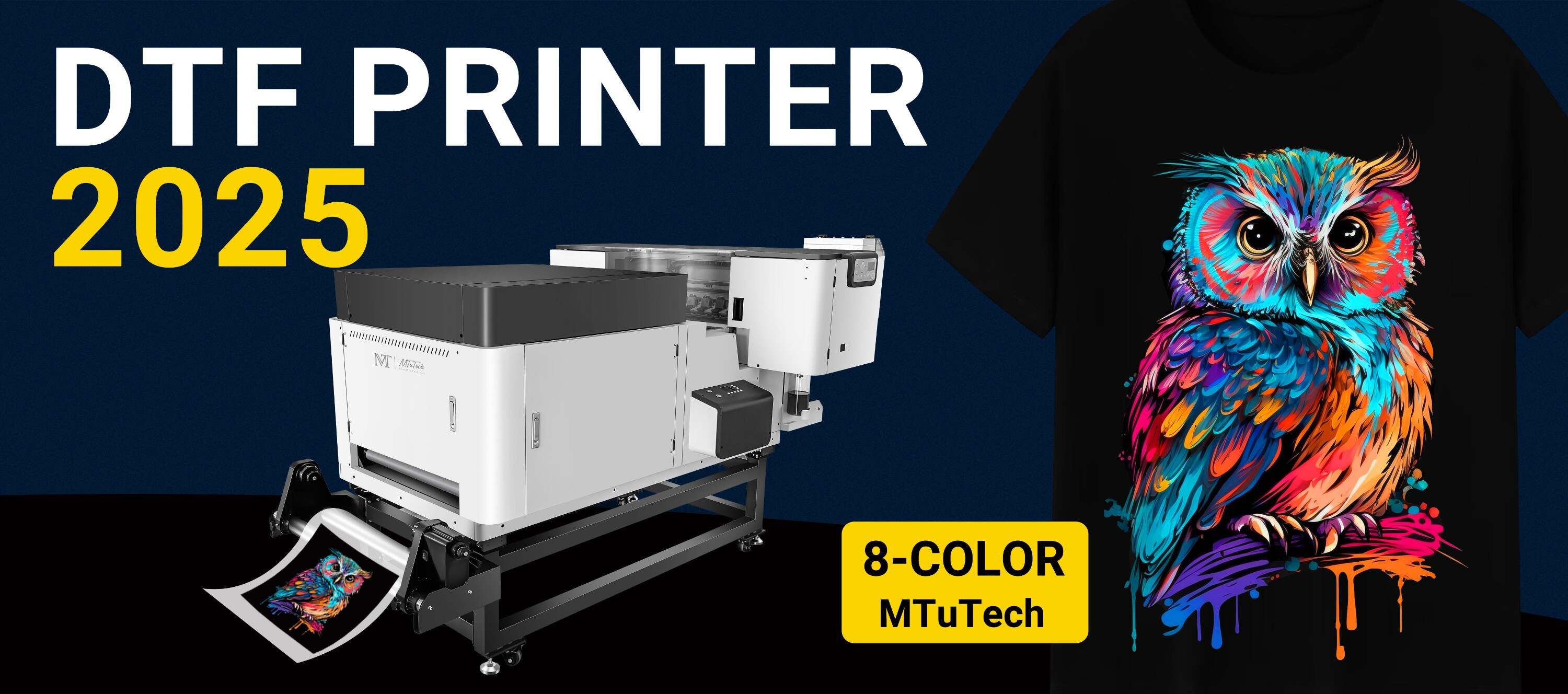Introduction
Direct-to-Film (DTF) printing has become a popular method for customizing apparel and various surfaces with vibrant colors, intricate designs, and high-quality prints. However, like any printing technology, DTF printers can encounter issues that may disrupt workflow. Knowing how to troubleshoot common problems effectively can save time and enhance the overall printing experience. In this article, we will explore some of the typical challenges faced by DTF printers and present quick fixes to get you back on track.
Common DTF Printer Issues
DTF printers can face a range of issues, from print quality concerns to mechanical failures. Understanding the common problems can help you diagnose and address them efficiently.
1. Color Inconsistencies
One of the most frustrating issues in DTF printing is color inconsistency. This can manifest as colors appearing dull, washed out, or different from what you see on your screen.
Calibration: Ensure that your printer is correctly calibrated. Use test prints to adjust color settings.
Ink Quality: Check your ink for expiration or contamination. Using fresh, high-quality ink can significantly improve print results.
Profile Settings: Confirm that you are using the correct color profiles for your printer and media.
2. Clogged Print Heads
Clogged print heads can lead to missing colors or lines in your prints. This usually happens if the printer has not been used for a while, or if low-quality ink is used.
Cleaning Cycles: Most printers have a built-in cleaning function. Run this cycle to clear out clogs.
Manual Cleaning: If the automatic cleaning does not resolve the issue, consider manually cleaning the print heads.
Regular Maintenance: Schedule regular maintenance to prevent clogs from forming in the first place.
3. Poor Adhesion of Transfer Film
Another common challenge is the poor adhesion of the transfer film to the substrate. This can result in peeling or bubbling on the final product.
Temperature Settings: Make sure that the temperature settings on your heat press are appropriate for the materials you're using.
Pressure Adjustment: Ensure that you're applying the right amount of pressure during the transfer process.
Pre-treatment: Consider pre-treating some fabrics to improve adhesion if necessary.
4. Ink Smudging or Smearing
Ink smudging can ruin a print and is often a result of improper handling or settings. Here’s how to combat this problem:
Drying Time: Allow sufficient drying time before handling the print. This is crucial for preventing smudges.
Ink Over-application: Review the speed and flow settings to ensure you are not over-applying ink.
Quality of Film: Use high-quality transfer films designed for DTF printing to avoid issues with smudging.
5. Software Issues
Software glitches can disrupt your printing process, from incorrect file formats to driver issues.
Updating Software: Always keep your printer software and drivers updated to the latest versions.
File Formats: Ensure you are using compatible file formats. Most DTF printers require specific file types for optimal results.
Communication Issues: Check your USB or network connections if the printer is disconnecting from your computer.
Preventative Maintenance Tips
Regular maintenance can preempt many of these issues, helping you save time and resources. Here are some useful maintenance tips:
Regular Cleaning: Clean your print heads and other components regularly to prevent clogs and buildup.
Ink Management: Monitor ink levels and replace cartridges before they run dry to avoid printing interruptions.
Keep the Printer Covered: Protect your printer from dust when not in use to keep components in good condition.
Environment Control: Maintain a stable and appropriate environment (temperature and humidity) for optimal printing conditions.
Conclusion
DTF printers are powerful tools for creating stunning prints, but they are not without their challenges. Understanding how to troubleshoot common issues effectively can enhance your overall experience and ensure consistent, high-quality results. From adjusting settings to performing regular maintenance, many quick fixes can help you overcome common hurdles in your DTF printing journey. By employing these strategies, you can maintain your DTF printer in peak condition and avert future problems.
If you're in the market for a high-quality printing solution, explore our high-quality DTF printers here and find the perfect match for your printing needs.
FAQ
What should I do if my DTF printer won't turn on?
Ensure the printer is plugged in and that the power outlet is functioning. Check for any blown fuses or tripped circuit breakers. If everything seems correct, refer to the user manual for troubleshooting steps regarding power issues.
How can I prevent ink clogging in the print heads?
Regularly run cleaning cycles, and consider printing at least once a week to keep the ink flowing. Using high-quality ink also reduces the chance of clogging.
What are the best practices for heat pressing DTF prints?
Follow the manufacturer’s recommended temperature and pressure settings, and pre-press the fabric for a few seconds to remove moisture before applying the transfer. Ensure you allow it to cool slightly while still in the press before peeling the film.
How do I choose the right transfer film for my DTF printer?
Select films specifically designed for DTF printing. Look for films that provide good adhesion, excellent color vibrancy, and compatibility with your printer's ink.
Where can I find support for my DTF printer?
Check the manufacturer's website for support resources, including user manuals, troubleshooting guides, and customer service contact information. Online forums and communities can also be valuable for tips and support.

